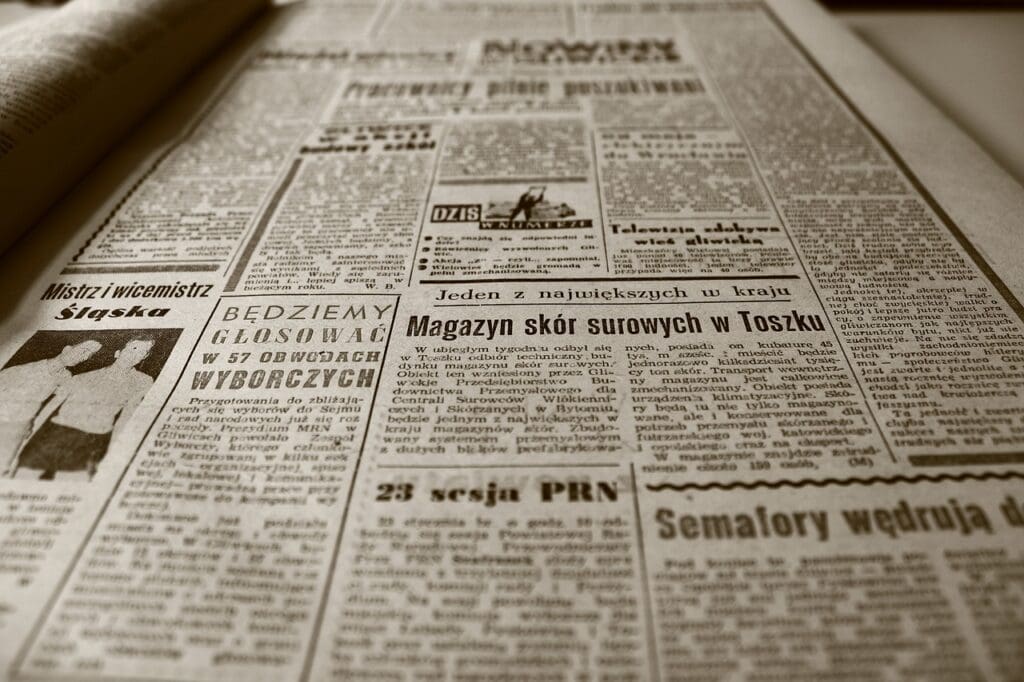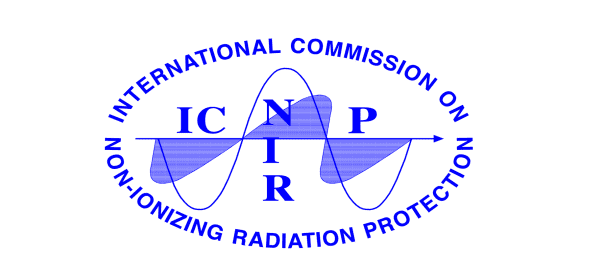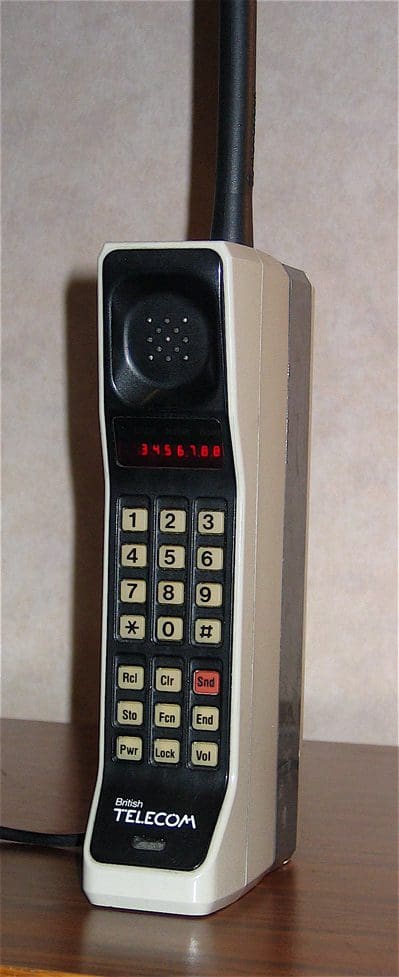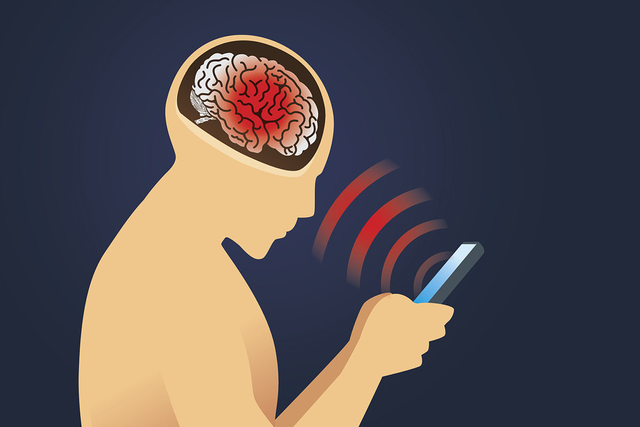In the last post, we read about the spread of human-made EMF around the globe and what happened when people started noticing its ill effects. This post continues that conversation and dives deep into more of their revelations and the actions people started to take.
If you haven’t already, I urge you to read my last post before starting this. It’s called “The Business of EMF Science: Part 7 (1) – EMF Science Research Timeline: What We Know So Far.” And if you’re new to this series, click the button below to read all the posts.
1988-89: News Started Downpouring
Let’s begin where we left off: in the late 1980s.
Technological growth was almost unstoppable during this time, which was great news because it introduced people to a level of comfort and convenience they had never experienced before. But at the same time, people were also suffering from the adverse effects of this unprecedented growth.
In 1988, fifty engineers working on pioneering mobile technology at Ellemtel in Stockholm, Sweden, felt sick. And experts discovered that their symptoms matched those of EHS (electromagnetic hypersensitivity).
Following this, the company, with the help of a professor from a technical university and a company specializing in mitigating electromagnetic interference, shielded the engineers’ room with copper plates. Not only that, they also built their own EMF-shielded computers.

Want to Slash Your EMF Health Risks?
Want to Slash Your EMF Health Risks?
Good! Learn the one small change you should make right now.
And voila, their efforts worked. The engineers returned to work and felt better than ever in their modified workplace.
In 1989, eight secretaries in Gothenburg, Sweden, reported feeling sick when their company installed new computers.
This wasn’t only in Sweden. Similar reports were coming from all around the globe. To address this, scientist Cyril W. Smith published a book called Electromagnetic Man in 1990.
This book explores the potential health effects of electromagnetic fields (EMFs) emitted by various electrical devices and power"Power" in a scientific context refers to the rate at which work is done or energy is transferred. In simpler terms, it's how fast something is using energy. For example,... lines. Dr. Cyril W. Smith was an expert in the fieldIn the context of electromagnetic fields (EMF), the term "field" refers to a region in space where electric and magnetic forces are exerted. An electromagnetic field is generated by electrically... of electromagnetic compatibility and conducted research on the biological effects of EMFs.
1990: First EMF Guidelines
Seeing the problems associated with EMF, the Swedish government issued voluntary guidelines in 1990 for low-radiation computer screens. It was called MPR or “Miljökrav för Personal Datorer” (Environmental Requirements for Personal Computers).
MPR was a set of guidelines aimed at reducing radiation"Radiation" in the context of Electromagnetic Fields (EMF) refers to the process by which energy is emitted and transmitted through space or a material medium in the form of electromagnetic... emissions from computer screens. These guidelines were not primarily based on specific health criteria but on what was currently achievable regarding technology and radiation reduction.
Subsequently, an independent organization called TCO (Swedish Confederation of Professional Employees) took over and further developed the guidelines.
The guidelines were renamed to become the TCO Certification and periodically strengthened as better technologies became available. TCO Certification became well-known as a standard for environmentally friendly and ergonomically sound computer equipment.
1992: ICNIRP
Soon the news of EMF biologically affecting people managed to catch the attention of the United Nations, leading them to form a commission called The International Commission for Non-Ionizing Radiation Protection (ICNIRP).
Its job was to advise governments on setting radiation limits for wireless technologies. But, ICNIRP continues to receive criticism for its closed membership and ties to the wireless industry.
1992: A Much-Needed Boost
The “Reynard v. Motorola” case, brought forward by H. David Reynard in 1992, became a significant milestone in the history of EMF. Reynard sued Motorola, alleging that their mobile phone had caused or accelerated his wife’s brain cancer, tragically resulting in her death. While Reynard did not win the case, it was a wake-up call for the mobile industry.
The court ruled in favor of Motorola, citing insufficient scientific evidence to establish a direct link between mobile phone use and cancer.
Nevertheless, the lawsuit garnered widespread attention, sparking increased awareness regarding the potential health effects of mobile phone radiation. The case prompted both the mobile industry and regulatory authorities to delve deeper into the safety of wireless communication devices. Consequently, extensive research studies were undertaken to investigate the potential risks associated with electromagnetic radiationElectromagnetic radiation refers to the waves of the electromagnetic field, propagating through space, carrying electromagnetic radiant energy. It includes a wide range of electromagnetic waves, from very long radio waves....
1994: Lai & Singh
News like Reynard v. Motorola also ignited the interest of many scientific minds to dive deep into the subject of EMF and its effects on human health. And this brought results. In 1994, Drs. Henry Lai and Narendra Singh discovered that weak microwaves could cause DNA strand breaks.
This revelation almost cost them their jobs. You can read more about them in the second post of this series entitled, “The Business of EMF Science: Part 2 – Motorola’s War-Gaming Against Lai & Singh.”
Prof. Martin Blank & Reba Goodman
Again in 1994, Dr. Martin BlankDr. Martin Blank, born in 1933, was a distinguished scientist and a leading expert in the field of electromagnetic fields (EMF). His groundbreaking research and advocacy made significant contributions to... and Dr. Reba Goodman discovered that radiation from power lines could make human cells produce heat shock proteins, a sign of cellular stress. They later demonstrated the same effect with mobile phones.
1996: Analogue Phones Replaced
Science was pouring in. Scientists were publishing shocking revelations. But they were soon overshadowed as mobile phones arrived on the scene in 1996 to replace analog phones.
During the same year, the U.S. Congress passed the Telecommunications Act, which had far-reaching implications for the telecom industry. Section 704 of the act specifically prohibited local authorities from restricting the placement of mobile phone towers based on potential health effects. This provision limited the ability of local governments to regulate tower locations on health grounds.
An investigation by the Center for Public Integrity uncovered connections between the telecom industry and the drafting of the Telecommunications Act. It revealed that the industry had donated a substantial amount of money, around $48 million, to federal politicians and party committees over the course of five years while Congress was working on the act.
Additionally, the investigation found that out of the 15 key staffers involved in drafting the law, 13 eventually became lobbyists for the telecom industry, and one became a lawmaker who received generous support from the industry.
1997: Dr. Jerry Philips
By now, scientist Jerry Phillips had already spent years researching the potential health effects of radiofrequency radiation. His findings clearly showed that prolonged EMF exposure causes DNA damage. And when he published his results, he lost his funding and was forcefully made to leave the field.
I’ve explained this in detail in the second post in this series: “The Business of EMF Science: Part 2 – Motorola’s War-Gaming Against Lai & Singh.”
The same year, Swedish scientists Persson, Salford, and Brun also found that prolonged exposure to mobile phone radiation causes problems like albumin leakage through the blood-brain barrier.
I’ve talked about this in-depth in my post, “EMF & Brain Health.” So, give it a read.
1998: Low WBC
The discoveries of EMF-induced health problems didn’t stop there. Scientists found that EMF exposure affects almost every part of our being, including our extremely important white blood cells.
A study by L. Bonhomme-Faivre in France found that people working near a large transformer had lower levels of white blood cells.
But these revelations weren’t even putting a minor dent in the wireless industry’s progress. Because the same year, Iridium Communications Inc. sent 66 satellites into low earth orbit (LEO), making it possible to communicate from anywhere on Earth using special telephones.
2000: Sweden Recognizes EHS as a Functional Impairment
A new era arrives. The Y2K. And this time, we saw something significant in the EMF drama. In the year 2000, Sweden recognized EHS as a functional impairment, though people with the illness continued to be discriminated against by many public agencies.
2001: Cell Phones: Invisible Hazards in the Wireless Age
Wireless Technology Research (WTR), a commission created by the wireless industry, had appointed Dr. George Carlo, a well-known epidemiologist and medical scientist, to head the research.
Dr. Carlo and his team performed thorough research and found that prolonged EMF exposure could cause irreparable DNA damage in cells. And this finding understandably didn’t sit well with the wireless industry, which is why they cut Dr. Carlo’s funding and tried to discredit him along with his six years of research.
But it didn’t stop Dr. Carlo. In 2001, he published a tell-all book called Cell Phones: Invisible Hazards in the Wireless Age, which highlights the potential health risks associated with wireless technology and cell phone usage. It explores the scientific research and evidence linking exposure to electromagnetic fields and radiofrequency radiation to various health concerns, urging readers to consider the potential hazards of our wireless age.
The same year, epidemiologist Sam Milham also published a paper that showed how childhood leukemia followed the electrification of rural America during the 1920s-50s.
To make this discovery even more valid, Professor Neil Cherry, in his research, found that there was a huge increase in childhood cancer cases among the population living near the Sutro Tower in San Francisco. Sutro Tower hosts several powerful transmitters.
2002: Class 2B Carcinogen
This piqued the interest of experts in the World Health Organization, leading them to determine that magnetic fieldsDefinition and Nature of Magnetic Fields Magnetic fields are a fundamental aspect of electromagnetic fields, produced by moving electric charges (electric currents). The strength of a magnetic field is measured... from electrical wiring are a Group 2B “possible” carcinogen.
The same year, 53 German physicians signed the Freiburger Appeal, requesting stricter limits on radiofrequency radiation. They were later joined by more than three thousand physicians worldwide.
2006: No Cancer Risk
A sign of relief came for the wireless industry when a Danish study was commissioned to examine the health effects of cell phone use and was massive in scope. It found no cancer risk, but the study was criticized for its design flaws.
Learn more about this in part 3 of The Business of EMF Science series.
2007: Bioinitiative.Org
In 2007, the Bioinitiative group released its first report. It was produced by a large group of independent scientists and public health experts from five countries. It concluded that the radiation standards at that time were not really protective of public health. This report also supports the existence of EHS or electromagnetic hypersensitivity.
Following this, eight hospitals in Sweden modified their rooms to accommodate patients with EHS, and a new EHS community started in Green Bank, West Virginia, where mobile phone base stations are banned because of a large radio observatory.
2007: I Smell Bias
The same year, scientists from Switzerland investigated whether there was bias in the industry-funded studies. They found that only 33% of industry-funded studies found that EMF causes health effects. In comparison, 82% of non-industry-funded studies said the same.
2008: Lowered Blood Flow
So far, scientists hadn’t studied the effects of EMF on pregnancy or newborn children. A 2008 study from Cairo, Egypt, was the first to do it. In the study “Fetal and neonatal responses following maternal exposure to mobile phones,” the researchers found that cell phone exposure creates abnormal neonatal responses.
For this study, they exposed ninety pregnant women and thirty newborn babies to mobile phone radiation for ten minutes and measured the physiological responses of the fetuses and newborn babies.
The findings of the study indicated that both the fetuses and the newborn babies exhibited increased heart rates and decreased blood flow following maternal exposure to mobile phones. These observed changes in heart rate and blood flow suggest the potential effects of mobile phone exposure on these physiological parameters in fetuses and neonates.
The same year, scientists at the Cleveland Clinic found that mobile phones decrease men’s sperm quality, possibly leading to infertility.
The Final Episode
I know I promised this to be the last post in this series. But, as I was writing this, I realized that not everything in the EMF Science Research Timeline would fit in this post. So, I decided to break this one last time.
There will be a final episode in the business of EMF science series, where we’ll close with the complete set of advancements in EMF science so far. So, hang tight, and I’ll soon return.













